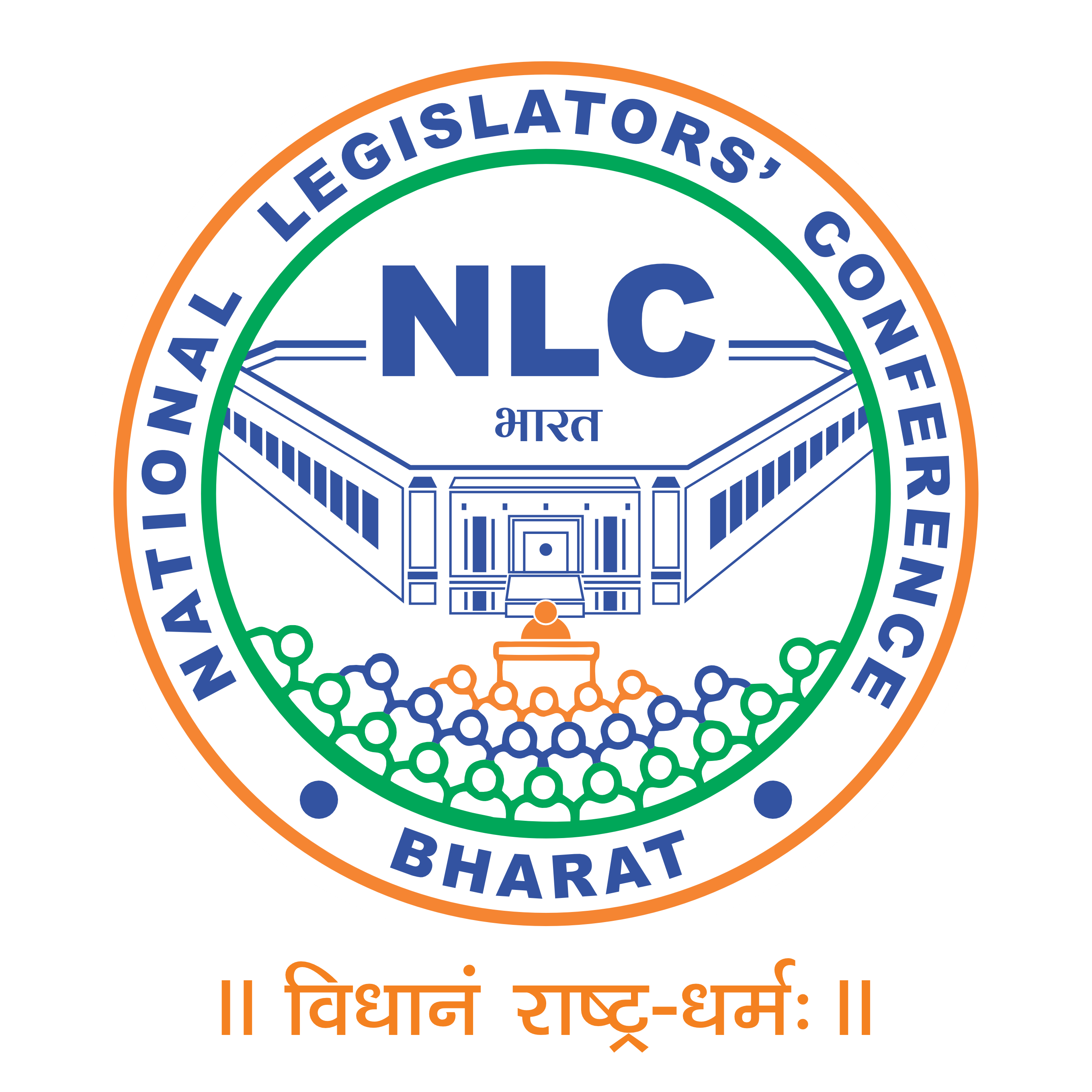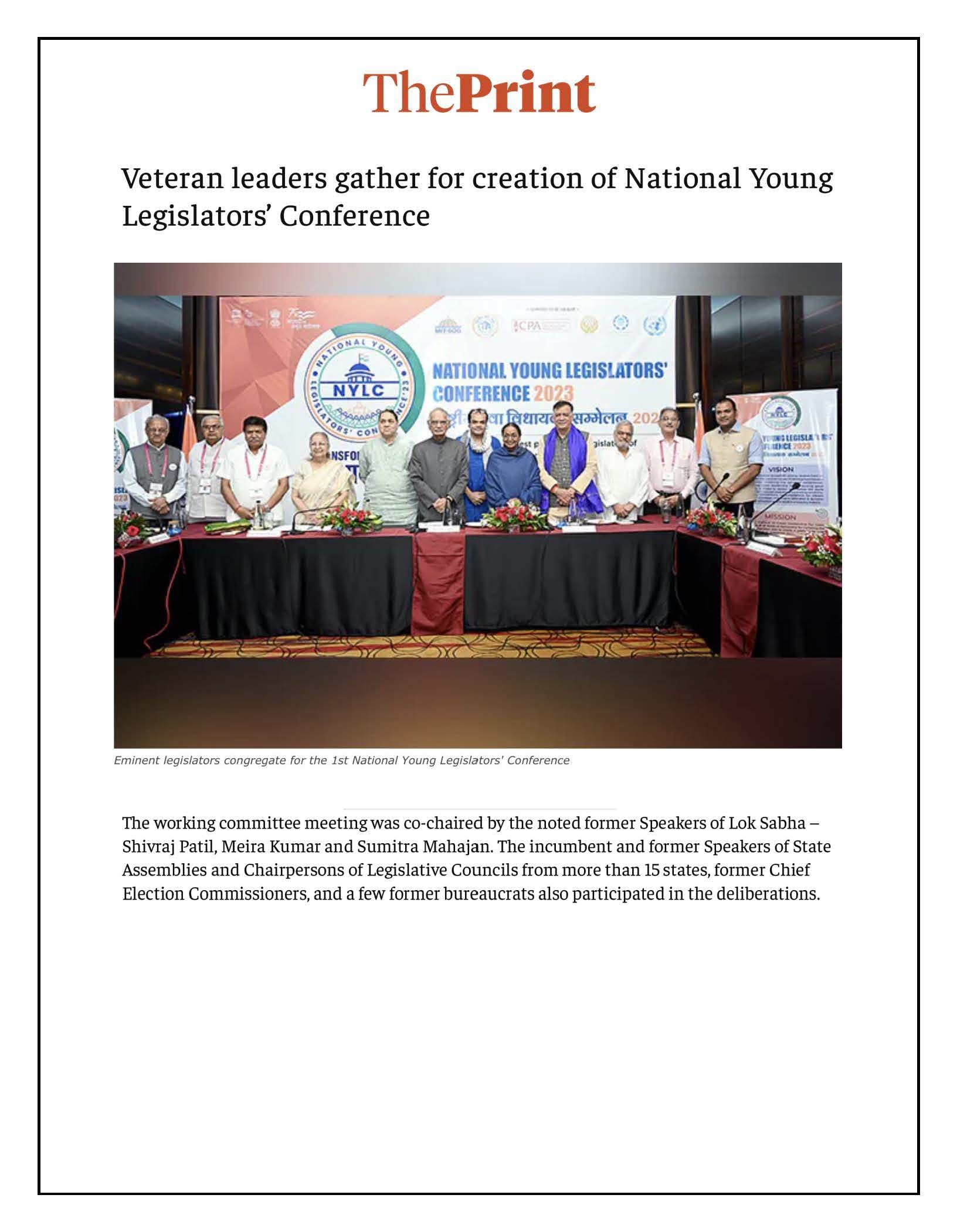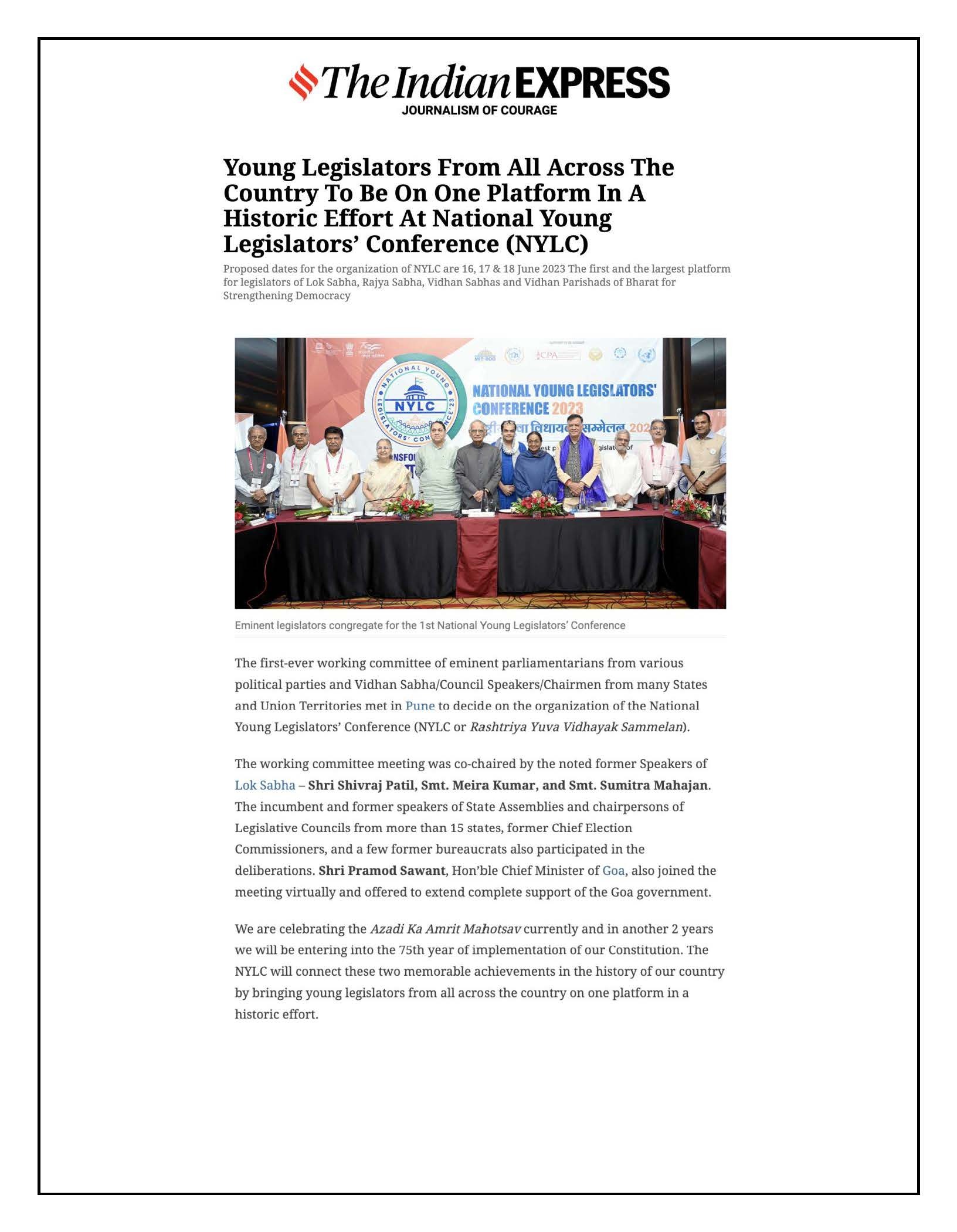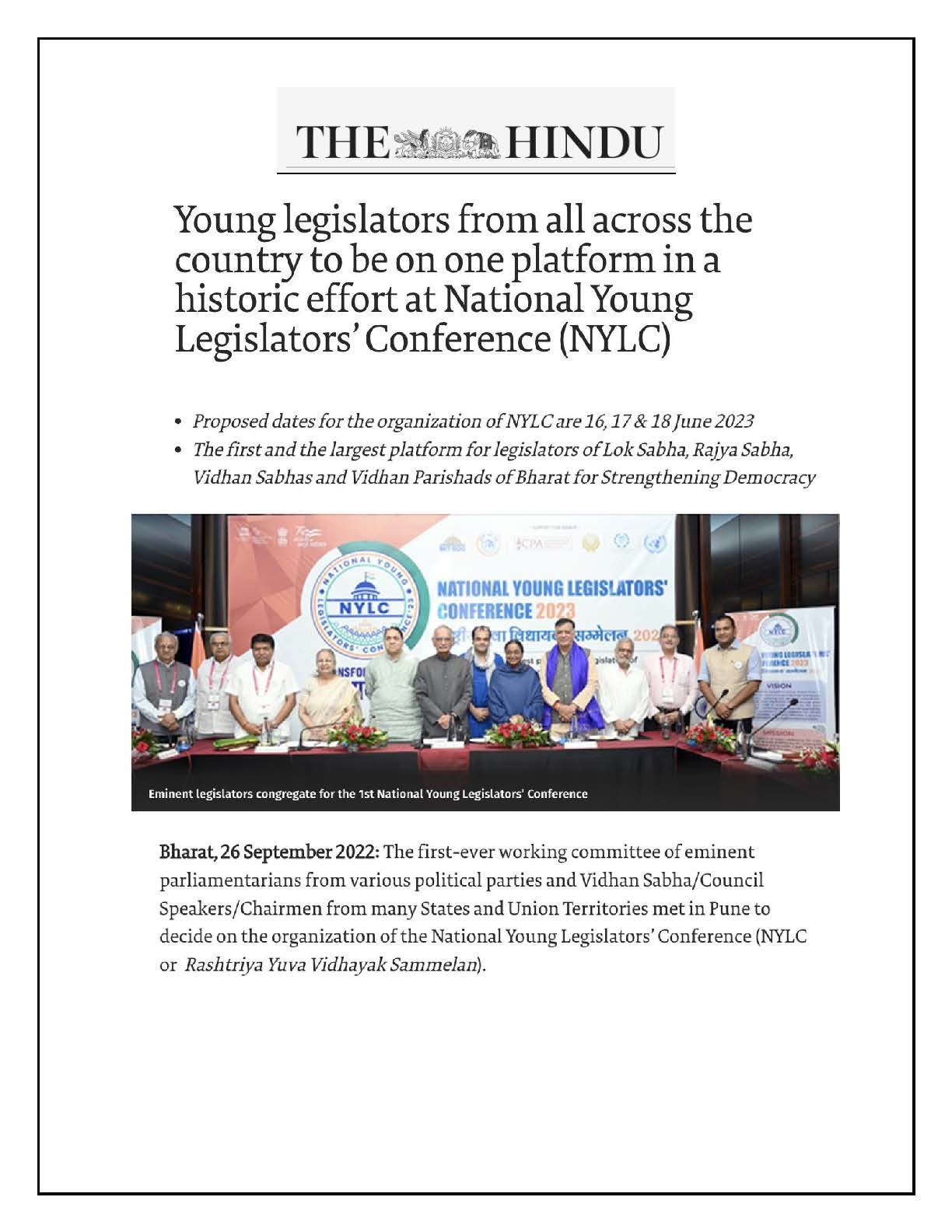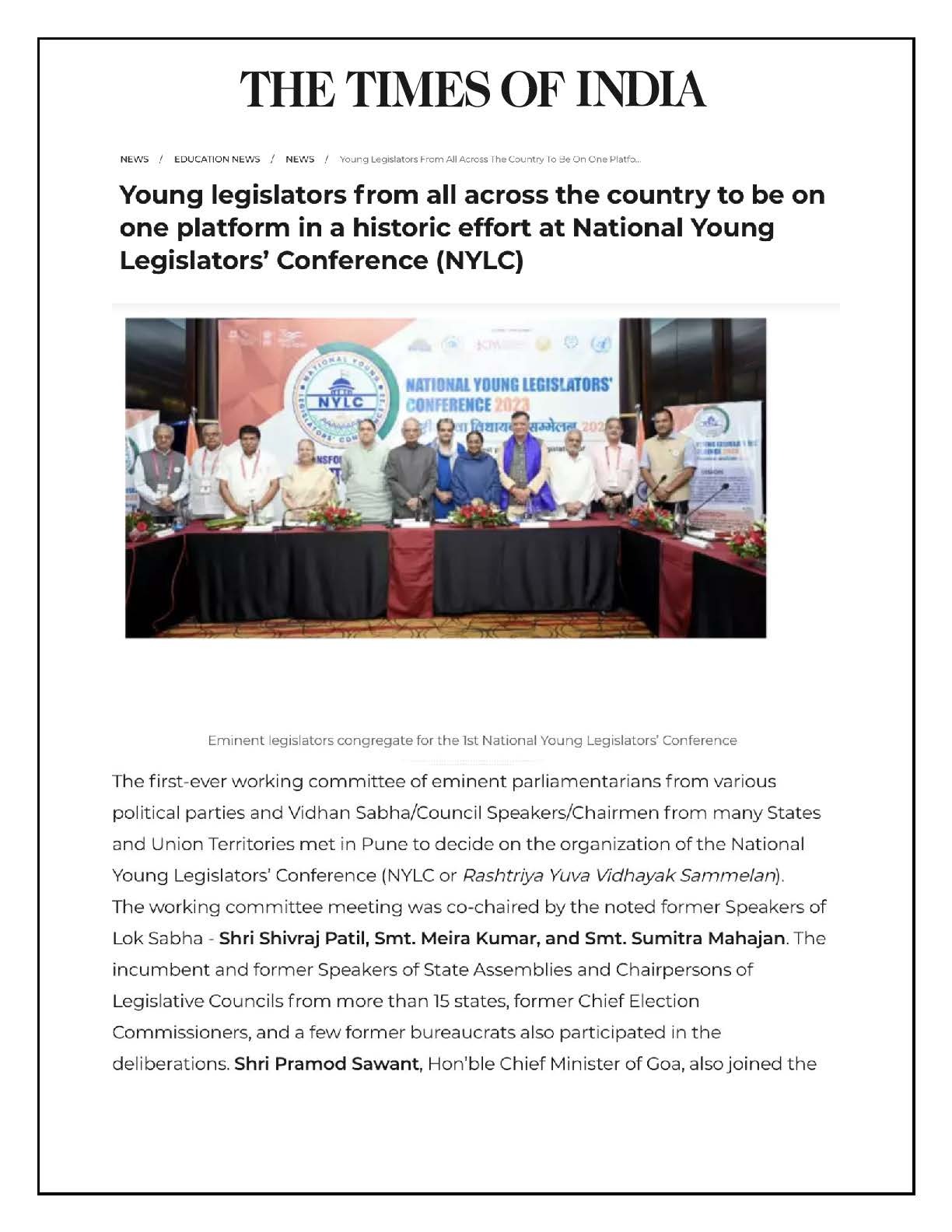Consensus-oriented characteristics of good governance, such as efficiency, effectiveness, involvement, accountability, etc. are essential elements of decision-making. The roles and functions of the political leaders, as well as the citizens’ active participation in the system, are clearly tied to these characteristics of good governance. The decisions made in many aspects are indicated by initiatives and interventions for ensuring good governance in the political system and subsystems. Elected leaders have a significant role in the decision-making process in a democratic society. They are supposed to reach a decision after consulting with the interested parties, aiming for a consensus wherever practicable and practical.
The creation, planning, and implementation of various programmes and activities within their “constituency” are the primary responsibilities of the elected representatives. It is proposed that the representatives should be “more proactive and community-focused.” For this very purpose, representatives require dynamic interfacing tools to engage with the community. Thus the need for a constituency management system becomes apparent.
Constituency Management System (CMS) refers to the management of political, administrative, and financial tasks and activities in an electoral constituency. It can be understood as the course of action, methods, and practises developed via the application of professional management techniques, a systematic approach, and scientific methodology. It aims to quicken the constituency’s activities and interventions in order to achieve the more general objectives of “inclusive governance and sustainable development” through a participatory approach. Use of CMS is anticipated to “be a game changer in terms of the empowerment of political leaders and enable them to evolve into People’s leaders.”
Here, CMS is considered as a Spatial Decision Support System (SDSS) that is assisted by ICT. It is anticipated to offer a regular and dynamic interface for individuals and elected representatives to communicate during the decision-making process. The best possible use and management of all available resources – natural, physical, human, and financial – must always be considered. It aims to increase elected representatives’ capacity for decision-making while also assuring greater participation, accountability, and openness in the planning, decision-making, implementation, monitoring, and evaluation processes. In addition, it will ask constituents for involvement in the form of remarks, criticism, recommendations, and feedback.
James and Cox note that “many members feel they are marginalized in decision making, lacking the information they need to shape and influence broader plans, and unable to act directly on many local concerns.” They further add that “members need to be more actively engaged with all parts of the community if they are to be effective leaders. They need to be empowered and supported to engage widely using a range of different tools.”
These tools include newspapers, media reports, civil society organizations, political parties, social groups, advocacy groups, and the government. However, with the advent of the internet, the bracket of tools also includes social media, artificial intelligence, machine learning, and cloud-enabled computing systems.
Input from local constituents and scientific data about the region are expected to be sought by CMS. As they are beneficial from the field-specific inputs to many sectors of government, this would offer greater possibilities for spatial planning and may result in the formation of a complete plan. This will increase the likelihood that resources will be used efficiently by various government departments, improve collaboration between those departments, and assure convergence of government schemes. This will also make it possible to prevent the potential of programme planning and implementation from being done again. The citizens would be able to continuously monitor the programmes and projects being carried out in their district and submit feedback and suggestions to the elected representatives.
Ultimately, CMS could increase democratic participation and deliberation in India. It may result in the development of an “informed citizenry” that will contribute more to the advancement of the country. In India’s political system, where good governance principles will play a key role in decision-making, the operationalization of CMS has the potential to be a “game changer.”
Given the above, the participants in this session can address the following questions during the discussions:
- What initiatives can be taken by MLAs and local leaders to improve the profile of their constituency?
- How can technology improve the grievance redressal mechanism in your constituency?
- How can they involve all stakeholders of civil society in technology-enabled consensuses-based decision-making?
